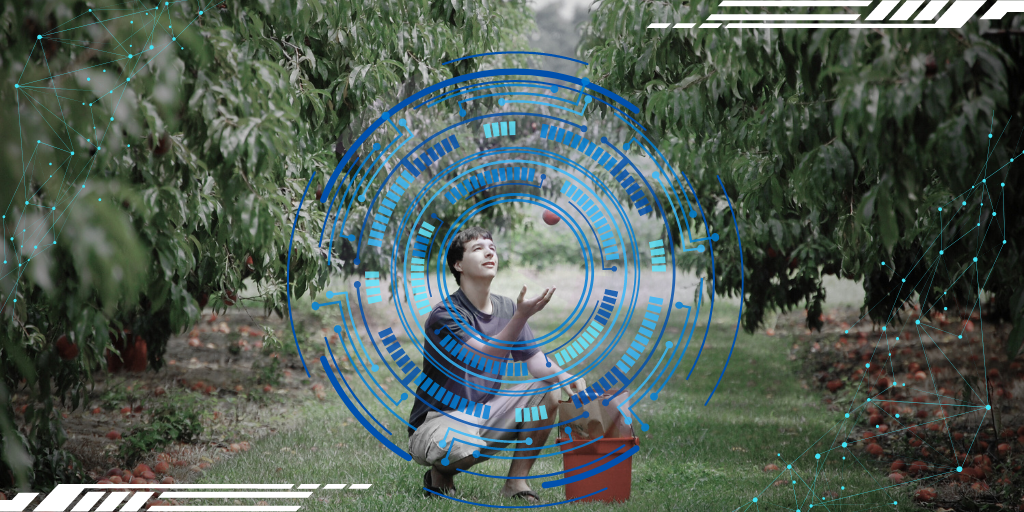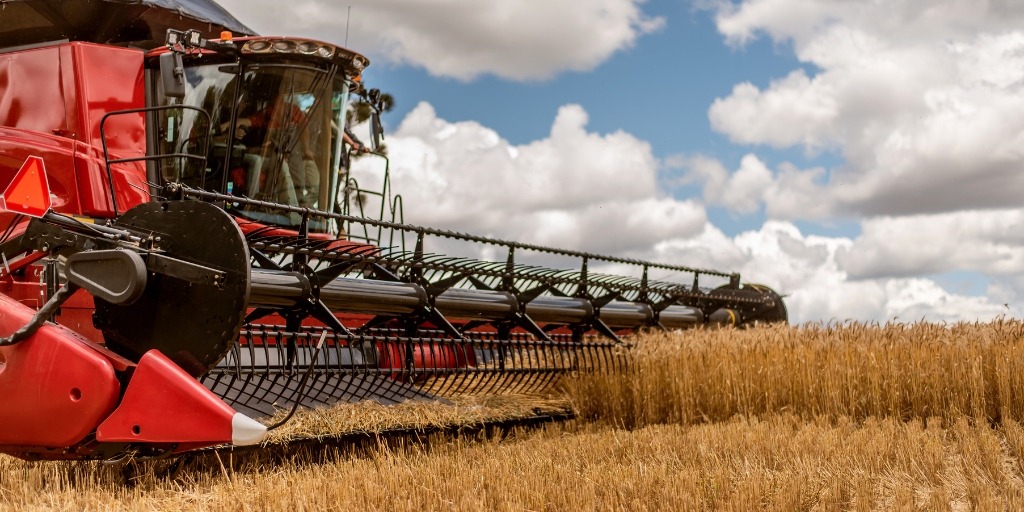
Every year, wildfires wreak havoc on farms, causing extensive damage to crops, livestock, and infrastructure. With the increasing frequency and intensity of wildfires over the last decade, many farmers are embracing wildfire-resilient agricultural practices to mitigate risk and losses. By taking proactive measures, farmers can minimize the risks associated with fires and protect their livelihoods in the event of an emergency. In this article, we will take a look at some key strategies and practices that farmers can implement to enhance their wildfire resilience and safeguard their farms.

As AI becomes increasingly ubiquitous - it’s in your phone, it’s tagging your photos, it’s selling you t-shirts on Instagram and it’s even delivering your food - questions about the role artificial intelligence should play in our daily lives, and what it is that really sets us apart as humans have been coming up more and more.

There is a lot of anxiety in the media right now about the future of artificial intelligence: Will AI steal our jobs, copy our artwork, plagiarize our writing? Just this week, the dangers of artificial intelligence, the existential threat it could represent, the extinction level risk that could be on par with climate change, nuclear war and the Matrix - the articles are rising to the top of the Google ranks faster than many of us human bloggers can keep up.

The Pest Management Regulatory Agency (PMRA) is a branch of Health Canada responsible for the registration, evaluation, and sustainable usage of pesticides. A new update to PMRA policy, “PMRA Guidance Document, Tank Mix Labeling” will go into effect at the end of December 2024, with big implications for Canadian spray operators. In this week’s blog, we will go over the basics of tank mixing, the reasoning behind the process, the current regulations governing it, and the forthcoming changes that will shape future implementation.
Let our expert staff walk you through the Croptracker system, and answer any questions you have.
We are here to help.